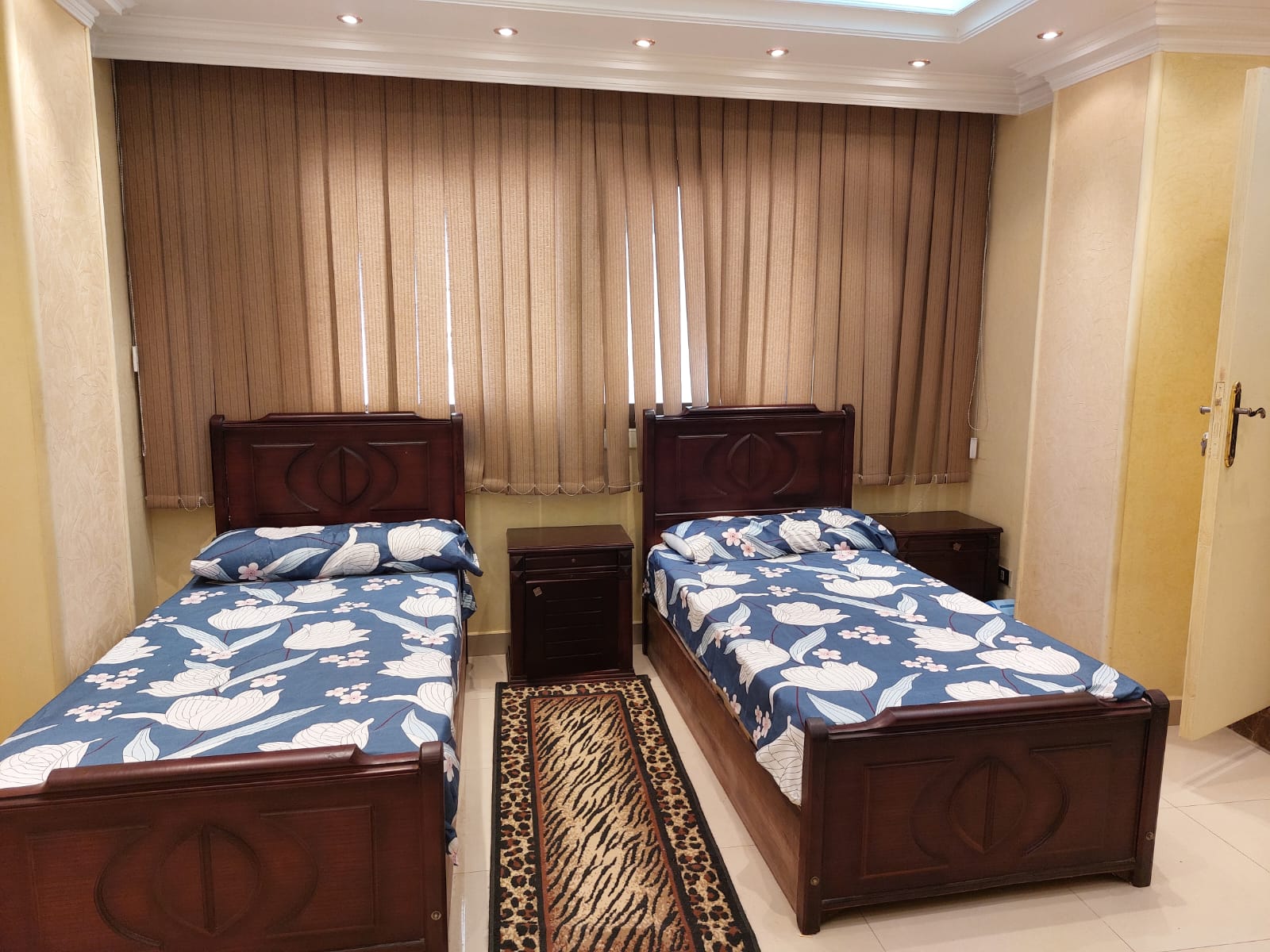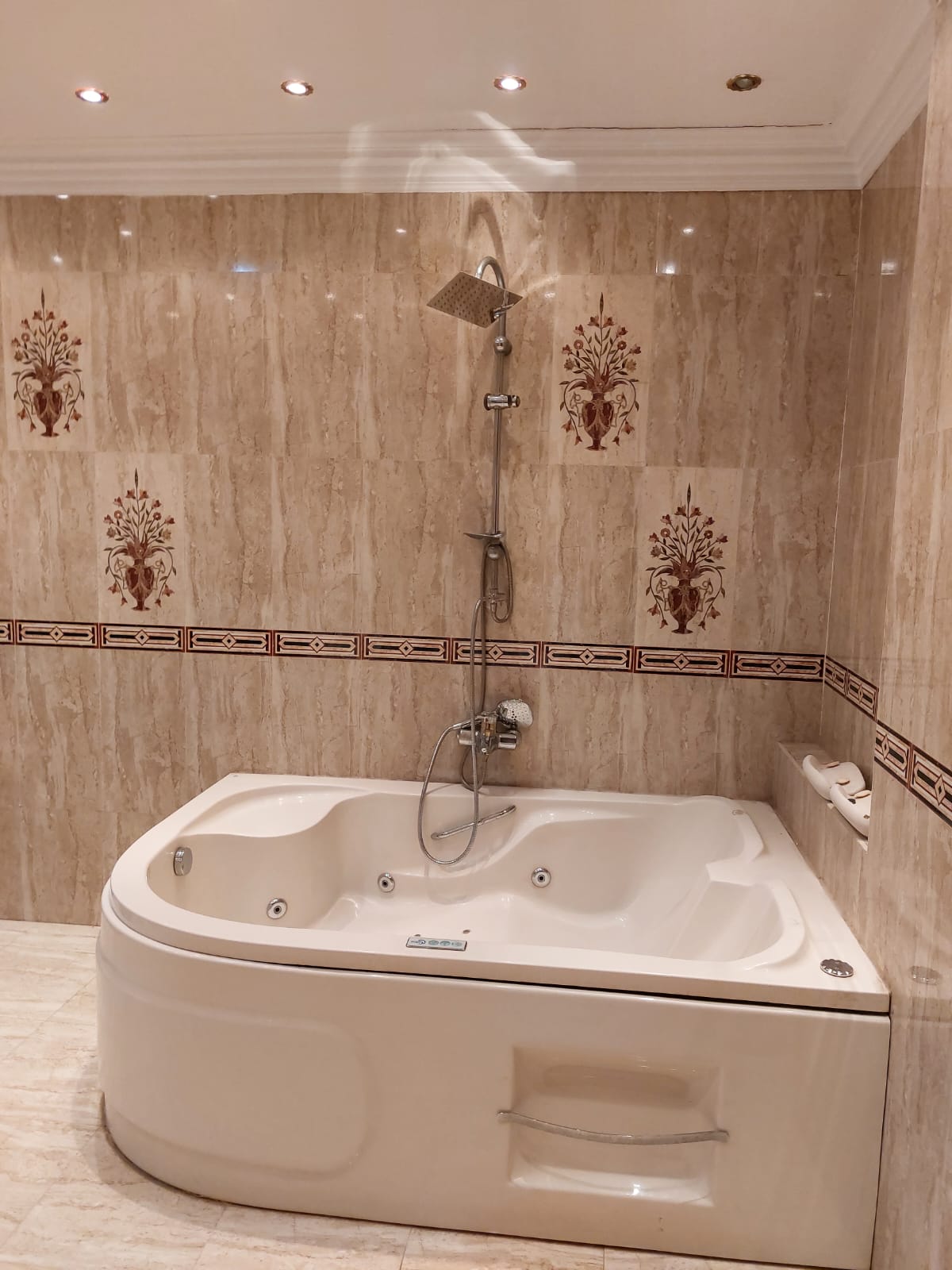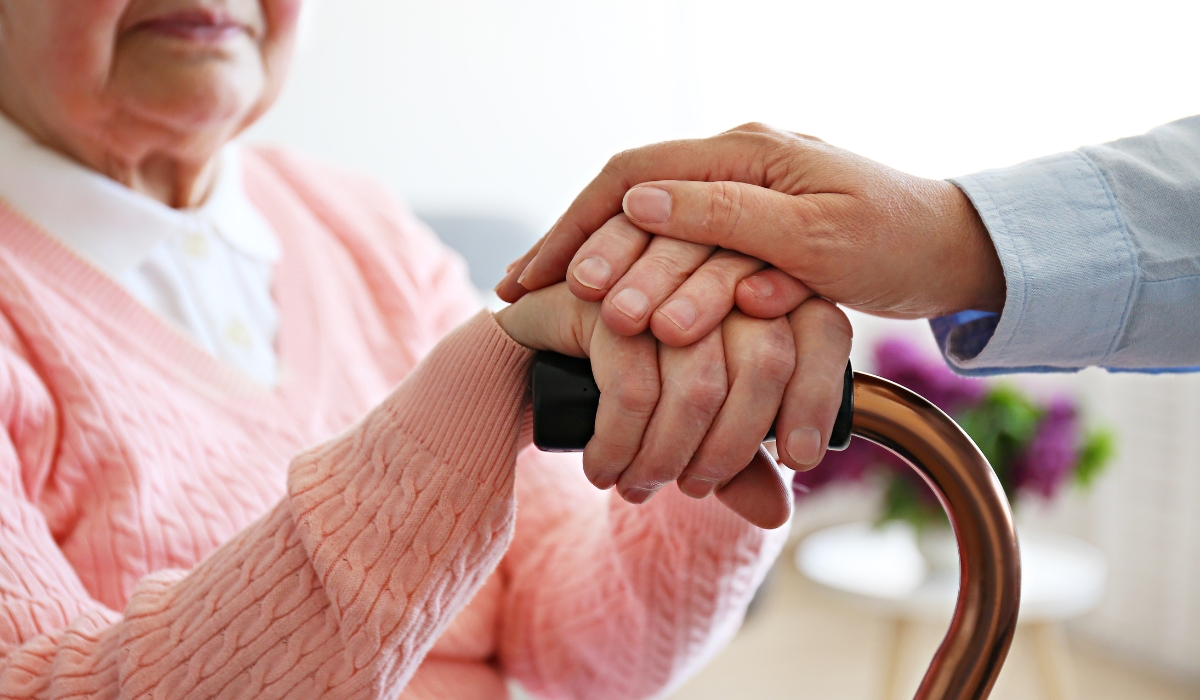Nursing Home & Elderly Patients
Introduction
The Concept and Types of Nursing Homes
Needs and Characteristics of Elderly Patients
Challenges Facing Nursing Homes in Dealing with Elderly Patients
Basic Standards for High-Quality Nursing Homes
The “Lamset Haya” Model as a Practical Example
Strategies for Success and Sustainability in Nursing Homes
Final Recommendations
Resources

Introduction
The stage of aging represents one of the most critical phases in a person’s life; as age advances, the need for medical, psychological, and social care and support increases. In many cases, home care becomes insufficient or even impossible, prompting some individuals to turn to nursing homes for the elderly.
However, caring for elderly patients — those who suffer from chronic illnesses or specific medical conditions — presents far greater challenges than general elderly care. These individuals require precise medical monitoring, specialized treatment plans, qualified staff, and appropriate infrastructure to meet their unique needs.
In this context, this article will address:
-
The concept and types of nursing homes
-
The needs and characteristics of elderly patients
-
The challenges faced by nursing homes in dealing with this group
-
The essential standards required for a good nursing home
-
The “Lamset Haya” model as a practical example
-
Strategies for success and sustainability in elderly care facilities
-
Final recommendations
The word count here may not reach exactly 4,000 words in this version, but I will make every effort to cover all aspects comprehensively. If you wish, I can expand or divide the article into more detailed sections later.
The Concept and Types of Nursing Homes
General Definition
A nursing home or elderly care home (also known as a residential care facility for the elderly) is a residential establishment that provides a range of health and social support services for older adults who require assistance with daily activities, medical follow-up, or continuous care. (Source: Wikipedia)
This facility may include the provision of food, accommodation, personal hygiene assistance, medical care, social and recreational activities, psychological support, and other services that enhance the quality of life for seniors.
Common Types of Nursing Homes
Nursing homes can be classified according to several criteria:
1. Based on the Level of Care:
-
General care homes:
Provide basic services such as accommodation, meals, hygiene, and assistance with daily living activities. -
Nursing / intensive medical care homes:
Designed for residents who need continuous medical supervision, treatment for chronic diseases, or advanced nursing services. -
Convalescent homes:
Serve patients recovering after surgeries or acute illnesses. -
Specialized homes:
Focused on particular conditions such as Alzheimer’s care, neurological disorders, or mobility impairments.
2. Based on Financial Capacity / Ownership:
-
Private nursing homes:
Operated by private sectors or charitable organizations. -
Governmental institutions:
Managed or supervised by state authorities. -
Public-private partnership homes:
Jointly run by government and private sectors.
3. Based on Housing Arrangement:
-
Shared rooms:
Several residents sharing a single room. -
Private or double rooms:
For those preferring more privacy or shared living with one person. -
Independent suites:
Apartment-style units within a larger residential complex.
4. Based on the Concept of Supported / Assisted Living:
-
Some facilities combine the idea of “assisted independent living”, where seniors live in private units but have access to shared services and assistance when needed.
-
Others operate more like a “care center”, where residential living is closely integrated with intensive healthcare services.

Challenges Facing Nursing Homes in Dealing with Elderly Patients
When it comes to operating or maintaining a nursing home capable of accommodating elderly patients, management faces several major obstacles:
1. High Costs
-
The cost of medical equipment, medications, and nursing supplies.
-
Salaries for specialized staff (qualified doctors, nurses, and rehabilitation specialists).
-
Maintenance of medical facilities, infrastructure, and assistive devices (such as ventilators and monitoring systems).
-
Daily operational costs (electricity, water, utilities).
Some nursing homes struggle to strike a balance between service quality and cost, especially in middle- or low-income communities. As a result, some may resort to reducing service quality or the number of staff.
2. Shortage of Qualified Staff
-
Ensuring a sufficient number of trained and specialized nurses.
-
Difficulty retaining skilled professionals due to psychological stress, uncompetitive salaries, and long working hours.
-
The need for specialized training to handle geriatric diseases, identify critical health signs, and respond to emergency situations.
3. Legal and Regulatory Burden
-
Compliance with health and social regulations and obtaining specialized licenses.
-
Quality control and inspections by health or social authorities.
-
Adherence to hygiene standards, safety measures, medical record management, and residents’ rights.
4. Diversity of Medical Conditions
-
Homes may admit residents with various health conditions: Alzheimer’s disease, diabetes and hypertension, heart disease, paralysis, limited mobility, post-surgery recovery, and more.
-
This diversity complicates coordination between multiple medical specialties and requires comprehensive, continuous follow-up for each resident.
5. Weak Social and Community Support
-
In some societies, nursing homes are viewed negatively — as a form of neglect or abandonment of family duties.
-
Limited government funding or financial support for charitable care homes.
-
Low public awareness of the importance of specialized care for elderly patients.
6. Safety and Risk Management
-
Risk of infections spreading within the facility, especially if infection control systems are weak.
-
Risks of falls or accidents among residents with limited mobility.
-
The need for emergency response plans to handle crises (such as floods, fires, or power outages).
7. Operational Sustainability
-
Ensuring continuous revenue (from fees, donations, or government support) to cover costs.
-
Managing resources efficiently without compromising quality.
-
Continuously updating facilities and technologies to meet international standards.

The “Lamset Haya” Model as a Practical Example
Let’s take a practical example and look at the “Lamset Haya – Touch of Life” elderly care home as an established institution.
About the Institution
Lamset Haya – Touch of Life Elderly Care is a senior care home located at 7 Nile Corniche, Hadayek Helwan.
Their slogan is:
“A Touch of Life for the Elderly: Exceptional care and genuine warmth, fostering a vibrant community with dignity, comfort, and happiness in a safe, familiar, and home-like environment.”
They have a page titled “Touch of Life Comprehensive Care”, reflecting their commitment to providing holistic care.
You can explore the organization’s vision and background through the “About Us” page on their website.
They also maintain a presence on social media — for instance, the Lamset Haya YouTube channel, which features introductory videos about the facility.
Key Features of Their Services
Based on their website and available resources:
-
They provide comprehensive elderly care within the home.
-
The environment is designed to be safe, familiar, and home-like for residents.
-
They share videos and promotional clips that illustrate daily life at the care home, giving viewers a glimpse of the atmosphere they create for residents.
-
Their website includes contact options for those seeking details about services, prices, and communication.
Potential Strengths and Possible Challenges
Potential Strengths:
-
The presence of an official website offering key information, location, and contact details indicates a certain level of organization.
-
The focus on the human and emotional aspect — reflected in the name and slogan “Touch of Life” — suggests a commitment to dignity and compassion for the elderly.
-
The refined and positive branding may appeal to families seeking a more comfortable and humane environment for their senior members.
-
Transparency through videos and daily-life stories enhances credibility and allows the public to see real aspects of life inside the facility.
Possible Challenges:
-
The website does not clearly specify medical departments, accepted health conditions, or the extent of nursing or medical care provided.
-
The care home might face staffing pressures, especially if demand for high-level care increases.
-
Financial balance could be challenging — maintaining high-quality care while ensuring sufficient revenue for sustainability.
-
Competition with other nursing homes could make it difficult to stand out in terms of care quality and safety standards.
Strategies for Success and Sustainability in Nursing Homes
To ensure long-term success and sustainability in managing elderly patients, nursing homes can adopt the following strategies:
1. Specialization and Differentiation
-
Focus on a specific category of patients (such as Alzheimer’s care or post-surgical recovery) to provide specialized expertise.
-
Excel in a particular area of quality — such as nursing care, psychological services, or recreational activities suited to seniors.
2. Partnerships and Alliances
-
Collaborate with hospitals, medical centers, and laboratories to offer services at discounted rates or with greater convenience.
-
Partner with charitable or governmental organizations to receive financial aid or grants.
-
Cooperate with universities and colleges to host trainees or benefit from academic research that enhances performance.
3. Technology and Innovation
-
Implement electronic management systems for residents’ records, medications, appointments, and check-ups.
-
Use smart medical monitoring devices (for blood pressure, pulse, oxygen) connected to alert systems for emergencies.
-
Employ service robots for support tasks (meal delivery, internal logistics).
-
Utilize communication technologies to connect residents with their families (video calls, mobile tracking applications).
4. Continuous Staff Training
-
Conduct regular training sessions for nurses, doctors, and assistants on handling elderly patients with medical conditions.
-
Develop skills in psychological support, crisis management, and first aid.
-
Continuously evaluate and improve staff performance.
5. Quality Improvement and Monitoring
-
Use Key Performance Indicators (KPIs) in several areas (infection rate, number of incidents, resident and family satisfaction, medication adherence, length of stay).
-
Carry out internal and external inspections, collect feedback from residents and families, and enhance performance accordingly.
-
Obtain and display recognized quality certifications (such as ISO for healthcare quality, when applicable).
6. Effective Marketing and Reputation Building
-
Use the website and social media platforms to share success stories, videos, and family testimonials.
-
Organize open days or introductory visits for interested families.
-
Ensure transparency in pricing and services offered.
-
Build a referral network of doctors and hospitals that recommend cases to the nursing home.
7. Psychological and Social Care
-
Design diverse daily activity programs (music, art, reading, light exercise, gardening).
-
Involve residents in making simple decisions within the home (meal choices, activity scheduling).
-
Encourage family engagement through regular visits and family events.
-
Provide psychological support and listen to residents’ complaints in a respectful and caring environment.
8. Flexible Payment Models
-
Offer flexible packages (full-time stay, part-time stay, or daytime care).
-
Provide options for prepayment or monthly installments.
-
Grant discounts or financial aid for low-income residents or socially supported cases.
9. Future Planning
-
Develop an expansion plan (adding new wings or specialized departments).
-
Update equipment and technologies according to the latest standards.
-
Secure alternative resources (donations, investments, strategic partnerships).















